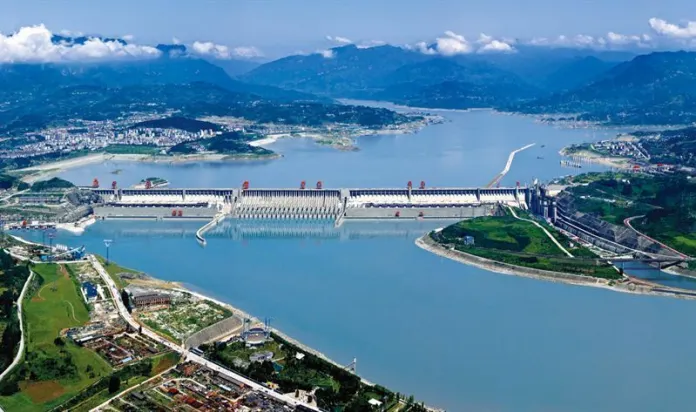The moment of inertia of a rotating object describes how difficult it is to change its angular velocity. If most of a rotating object’s mass is concentrated near its axis of rotation, the object will rotate faster when its mass is shifted towards the periphery, increasing its moment of inertia and slowing its rotation. You can test this for yourself. Sit in a revolving chair with two equally weighted objects in your hands and extend your arms. Ask a friend to spin you, and then bring your hands closer to your body. You will see that you spin faster. Extend your arms again, and you’ll slow down. This occurs due to the conservation of angular momentum. In the extended state, the objects in hand are at the periphery, and thus have a greater linear speed. But when you bring your hands in, the reduced radius also reduces the linear speed of the objects. However, to conserve angular momentum, the rotation speeds up.

Let’s now consider Earth’s rotation. Earth completes one rotation around its axis approximately every 24 hours. If some of the Earth’s mass is slightly shifted from its core towards the periphery, the same rule will apply, and its rotation will slow down slightly.
China’s Three Gorges Dam has done just that. The project was completed in 2006, and electricity production began in 2012. The dam’s electricity generation capacity is 22,500 megawatts, which is almost one-third more than the total demand of Bangladesh’s power plants combined. The dam, made of concrete and steel, has a length of 2,335 meters and a height of 185 meters above sea level. On average, the reservoir created by this dam is 660 kilometers long and 1.12 kilometers wide.
Through this dam, 39 trillion kilograms of water have been stored 175 meters above sea level, slightly shifting the Earth’s mass from the core towards the periphery. NASA researchers have calculated that due to this mass displacement, the Earth’s daily rotation has slowed down by 60 microseconds! The dam has also slightly changed the Earth’s shape, making the equatorial regions a bit rounder and the polar regions a bit flatter (although very slightly). Due to the dam’s water, the position of the Earth’s axis has shifted nearly 2 centimeters.
The Earth’s rotation can also be affected by other instances of mass shifting, such as the construction of a very tall building.
